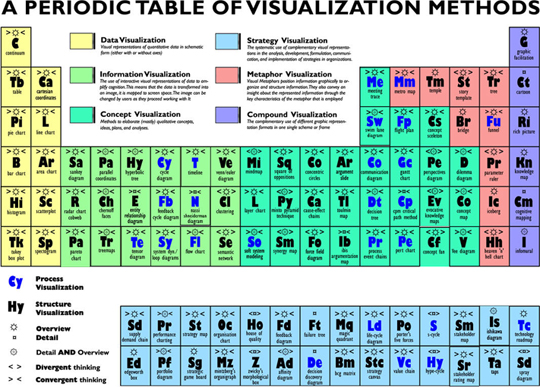1. What do you feel is the message the director is trying to express in this movie? Support your answer with examples.

The message that the director tried to express in the movie is that minority men are discriminated against for any possible reason that one can dig up. The main actor, Greg, tried so hard to get a job to stay off the streets and even though no experience was necessary for one of the positions and he was completely honest with the lady hiring, she still told him that she would not be able to hire him. The crime that he was imprisoned for was not the same as some other people, but because he was black and had served some time he was immediately disqualified. Another message that the director might have tried to express is how scary the streets are. There were several times that I was so disturbed by what I was seeing and what made it even scarier is that many people live their lives like that. Greg’s best friend who sold drugs was very happy with what he was doing because he was making a lot of money without having to struggle to find a job like Greg. The unfortunate thing is that he ended up getting murdered for “snitching.” It’s a shame how some people can make so much money and be so happy by doing illegal things and the honest, hard-working people struggle so much to make a living.
2. If applicable, discuss if you think this movie has accurate depictions of minorities or if they are situational? Why or why not?
The depictions of minorities are situational. The sergeant was a black man who was ashamed of the black men at the camp. He was so rude to them and treated them very poorly because he didn’t consider them to be men like he was. A white soldier refused to work with the mostly black prisoners while the people of the town were more than grateful to have their help. All of the ruckus that happened was all caused by the African Americans and the white people were always considered to be the good people. The Latino female Captain was extremely kind and understanding with the prisoners which to me seems like it would be an accurate depiction since she could probably relate to them being a minority herself.
3. Explain if you think the director’s ethnic/cultural/professional background played a role in directing this film?

Charles S. Dutton’s background played a huge role in directing this film. He is a black man that was born to a laborer, served time in jail, and ended up at Yale. “I used to be hardcore, hardhearted guy. Once you make the decision to change, all kinds of things happen,” Dutton once said. I think he created the movie to show young men who are struggling like he once did that there is a light at the end of the tunnel and that as long as they set their minds to change and do better for themselves that things will start changing and getting better for them.
4. What groups (people of color, nationality, culture, class, gender etc.) may be offended or misinterpret this movie and why?
If everyone that watches this move knows who the director is and the life that he has lived, then I don’t think that anyone would be offended by the movie. It depicts a little bit of how his life was and what he saw growing up.
5. What the movie added to your visual literacy?
I was amazed as to how much meaning tattoos had. The prisoners knew immediately who belonged to what gang based on the drawings on their bodies. They used that as a weapon and it caused much controversy in the movie. The gangs also used their artistic skills to claim their territories. The most important and memorable thing I learned is how where we come from has so much to do with who society thinks wecan become.
6. What kind of artistic and/or visual means did the director use in the movie to focus our attention?
To focus our attention the director made all of the scenes look very realistic. The storm scene was so powerful and all of the emotions could be seen from how well they portrayed it. The darkness of the building where Greg lived at the end was so powerful in that it showed how scary the place was and how one can never know what is behind the corner or a closed door.






